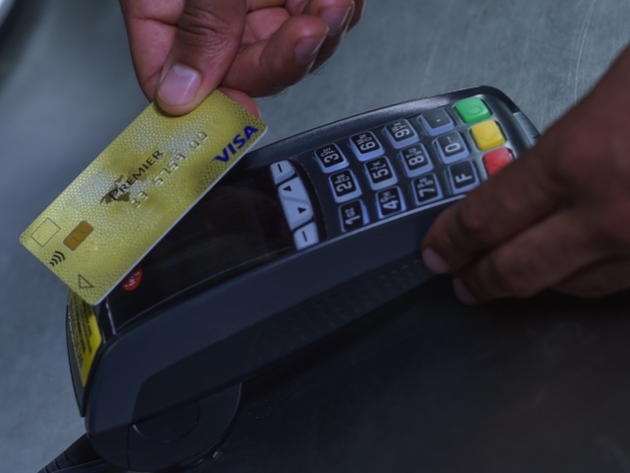
Thumbing through a holiday catalog chock full of modern gadgets, we were struck by the presence of no fewer than three wallets purporting to block RFID signals.
First, we wondered, what are RFID signals? Second, why do we need to block them?
The acronym stands for radio frequency identification, and the signals are embedded in all U.S. passports issued since 2006 and in some driver’s licenses and credit cards. One of the wallets, made from bison leather, had a “special lining,” while another wallet boasted a “built-in layer of stainless steel.”
Each of the barriers was designed to keep identity thieves from gaining access to the RFID signals or, more specifically, the personal information they represent.
This same catalog sells Golf Ball Finder Glasses, so one is left to ponder whether RFID signals really represent a rich target for would-be ID thieves and a genuine risk for consumers.
Transmitting wirelessly
Some licenses, credit cards and passports come with radio frequency chips embedded in them.
“When activated by an RFID reader, these chips transmit certain types of information wirelessly, so that you can verify your identity or even make a purchase without swiping your card,” according to a 2015 Slate magazine article.
“The downside: Anyone with an RFID reader can activate those chips and pick up whatever information they’re designed to transmit. And, if they’re sneaky about it, they can do it without your knowledge.”
The article cited demonstrations in which RFID skimmers obtained entire credit card numbers from a person’s pocket simply by using a handheld RFID reader.
However, Slate suggested that it’s of greater interest to security researchers than to thieves because of the existence of easier, more lucrative ways to steal money and data.
“By contrast, skimmers installed on ATM or point-of-sale machines allow thieves to pick up much more usable information from a far greater number of cards,” Slate noted.
RFID in a small percentage of cards
NPR picked up on that theme in a story in July 2017.
“In the last few years, a whole RFID-blocking industry has sprung up, and it survives partly on confusion,” NPR reported.
Part of that confusion has resulted from the proliferation of RFID-blocking products even though a relatively small percentage of payment cards in the United States have RFID chips.
"There's probably hundreds of millions of financial crimes being done every year and so far zero real-life RFID crime," one computer security expert said.
Some experts said they are more concerned with other ways thieves steal personal information, such as with telephone scams. Password management and checking credit reports are important safeguards against identify theft, too.
RFID protection probably won’t hurt, other than the pain from buying that whiz-bang wallet with the stainless-steel layer.
If you’re still worried about RFID scams, you might settle for a home-made remedy. Citing Consumer Reports magazine, NPR said you can get as good of results by wrapping credit cards or passports in a thick piece of aluminum foil.
